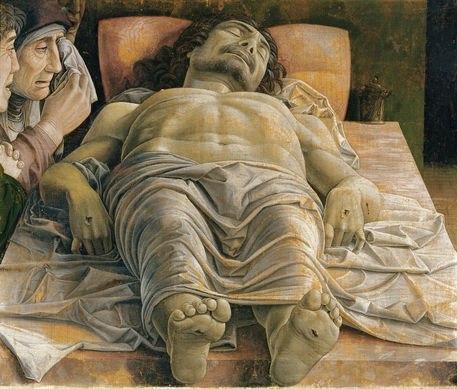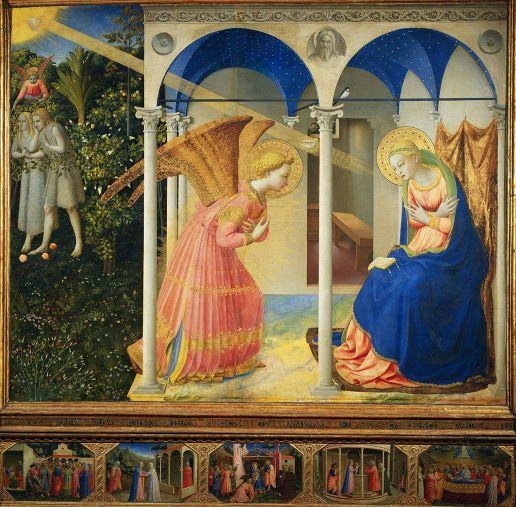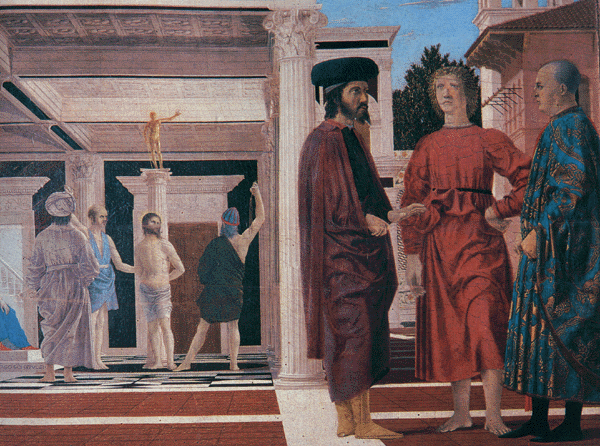
It’s All in the Point of view
Nothing more fully epitomizes the character of Italian Renaissance art than the development of mechanical perspective and its application to painting. It is indicative of the Renaissance fascination with science, its willingness to rethink the forms and techniques of the past, and its focus on man and his place in the world. For perspective is nothing more or less than the world seen by a viewer—man—from a point of view, understood as a set of rules.
Perspective was a tremendously powerful tool, but definitely a two-edged sword. It gave artists a method to break dramatically free from the picture plane, to describe a fully believable space beyond, and eventually with more sophistication, to place objects and figures confidently within that space. At the same time, with the need to be consistent to a single point of view came the limitations of what can be seen and understood from that viewpoint. Much was gained and much was lost.


Before artists like Piero and Mantegna began their experiments with perspective, the subject of a painting had almost always been displayed frontally, at or just behind the picture plane. There may have been a background described, but it would act merely as a tapestry behind the figures. Fra Angellico already starts to slip in elements of perspective, such as the portico containing the figures, and the odd bench seen between them. Though the viewer did not feel part of the scene, there was also none of the transience of our real-world experiences. The frontality gave the images an iconic quality, a sense of permanence and importance beyond that of any ordinary experience.
When Piero chooses to show the Flagellation of Christ within a mechanically created perspective space, he senses the power of the perspective to make the scene real for us. We are there, and it is happening “right in the next room”. At the same time, what is happening is somehow less important than the foreground figures, figures of contemporary Italians. Piero’s monumental and timeless figure style helps to give the event its importance, but cannot completely cure the “accidental” character of the momentary real-life experience seen from a point of view. In other works, Piero seldom gives in so completely to the temptations of the new perspective system.

Mantegna, in the next generation, is willing to go even farther down the road of bondage to a viewpoint. In his “Dead Christ”, we see one of his many experiments with foreshortening, which is essentially perspective applied to the figure itself, not just to the creation of a space. In this work we see very dramatically the power and the risks of the new system. With the use of foreshortening, Mantegna puts us in the presence of the dead Christ in a way no other artist before had attempted, and convinces us that we are a witness to the event. On the other hand, we don’t “have the best seat in the house”. Compared to earlier depiction of Christ, Mantegna’s figure lacks any sense of timelessness or nobility. The full meaning of the scene has been sacrificed through the very techniques which make it believable as a real experience.